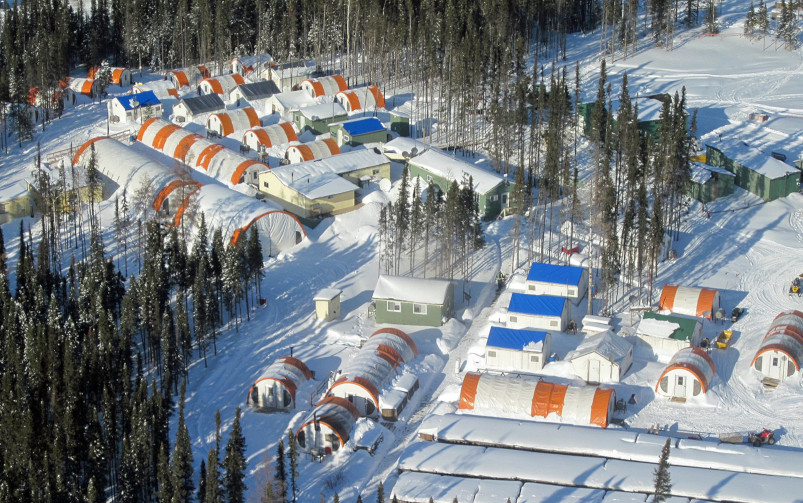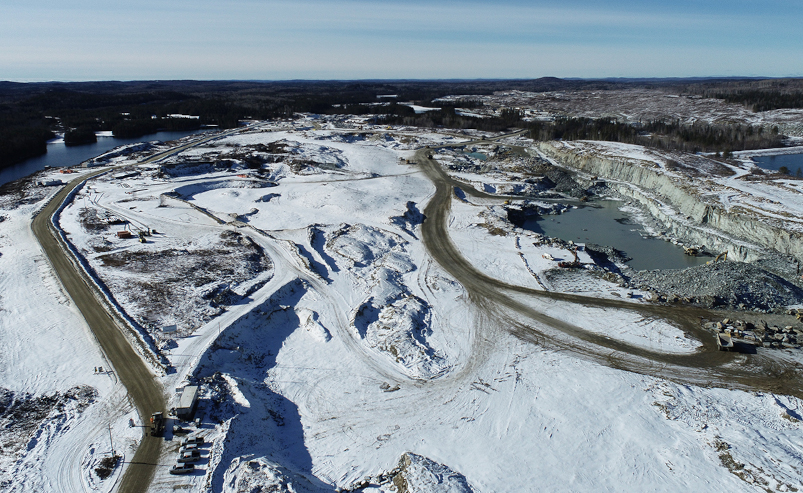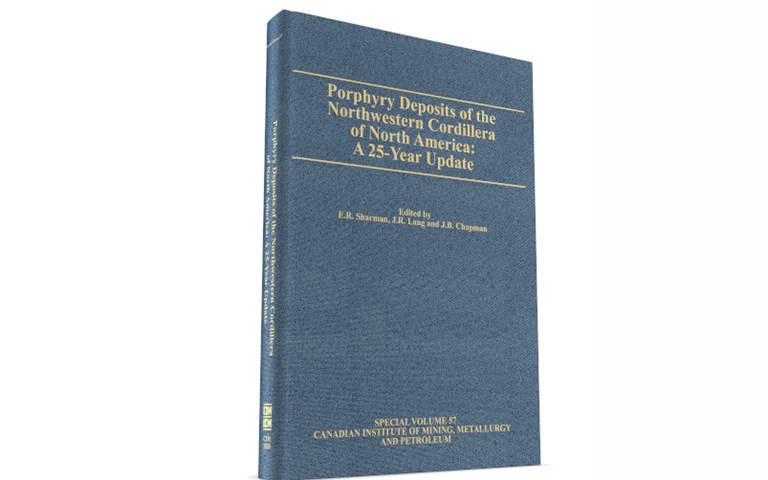Just about every exploration geoscientist active on North America’s west coast has perused a copy of Porphyry Deposits of the Northwestern Cordillera of North America, first published in 1976 and updated in 1995.
Now they can sink their teeth into a new version of this special volume published by CIM in 2020. The update incorporates the considerable knowledge gained during the past quarter century about these unique and variable deposits, which could boost discovery rates.
“One of the big advances is the extension of understanding of these porphyry mineral systems – how they formed and what drives them,” said Libby Sharman, principal global geoscientist for BHP’s metals exploration division, who co-edited the volume with John Chapman, regional geochemist for Rio Tinto in Latin America, and James Lang, senior vice-president of geology for HDI in Vancouver. “We have a much better understanding of the tectonic history of B.C., Yukon and Alaska. And there’s been a massive push in terms of analytical techniques, such as green-rock analysis (which examines one of the alteration types associated with porphyry systems).”
The new volume is Chapman’s brainchild. He said the idea for Special Volume 57: Porphyry Deposits of the Northwestern Cordillera of North America: A 25-Year Update came to him when he was appointed porphyry metallogenist for the Geological Survey of Canada in 2011.
Get your copy: available in hardcover, PDF or combo
He turned to the 1995 version as a learning tool. Though he found the volume “absolutely invaluable,” he soon reached the conclusion that the information was getting long in the tooth. Some of the mines had closed, fresh discoveries had been made, and there was new understanding about the characteristics of, and alteration around, the region’s porphyry deposits.
Timing also played a part. “This was just after the major kick to the guts of the 2008 to 2010 downturn,” he said. Chapman decided to take advantage of the lull in exploration to recruit a team to work on the project. There was little interest from colleagues initially but Chapman eventually found willing partners in Sharman and Lang, who were both working for the Hunter Dickinson (HDI) group of companies at the time.
The trio expanded their team to include authors and an editorial board and brought in CIM as publisher. “The really big appeal to CIM was that the papers were approachable by a broad range of geos and even non-geos looking for high level technical information about a particular deposit or group of deposits,” said Sharman, who took on the task of finding and chasing down authors.
Assembling the 744-page volume was a time-consuming labour of love for all. Lang reckons he received about 5,500 emails about the project in the past two years as the push to review and proof dozens of papers accelerated.
“It took a tremendous amount of time, especially in the last year when I was sometimes spending hours a day trying to herd [92] authors through the final reviews.”
The new volume mirrors previous versions because it provides both overviews of the processes related to porphyry deposit formation and detailed descriptions of specific deposits. But the format is much more user friendly.
“The editorial board had quite detailed discussions around how we could make this a more practical tool,” Chapman said. The solution was to request specific information from each author to make the papers more consistent and comparable. The board also made sure the information was accessible not just to exploration geologists but to anyone interested in the content.
The text will assist geoscientists in their work by outlining methodologies and approaches to porphyry exploration that have evolved over the past 25 years. The Highland Valley Copper complex, for example, has been re-examined extensively. The result is a new appreciation for the alteration and mineral chemistry zoning around Canada’s largest copper mine and novel exploration methods such as identifying porphyry copper indicator minerals including zircon, plagioclase, apatite, magnetite and tourmaline.
The update also includes the explosion of new information about alkalic copper-gold porphyry deposits such as Galore Creek and Mount Milligan. Likewise, advances in green-rock analysis have expanded targets to the wide halo of alteration that surrounds the actual deposits.
“This was a huge volunteer effort by everybody from authors, to reviewers, to the editorial board,” said Sharman, who added that the team insisted on a more tangible print version to enhance the digital format. “These things don’t happen if the support of volunteers and their employers isn’t there.”




